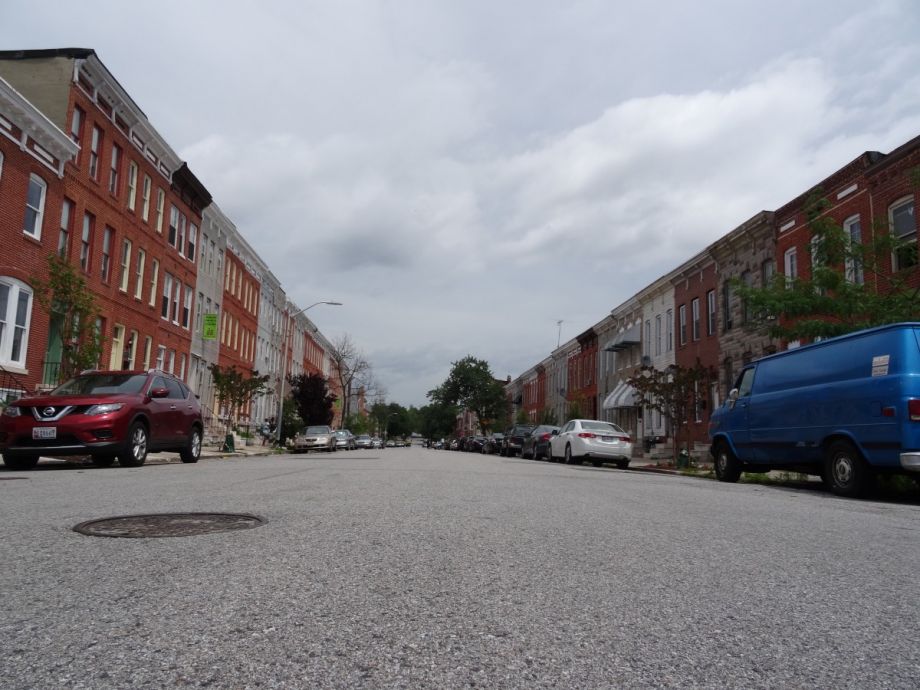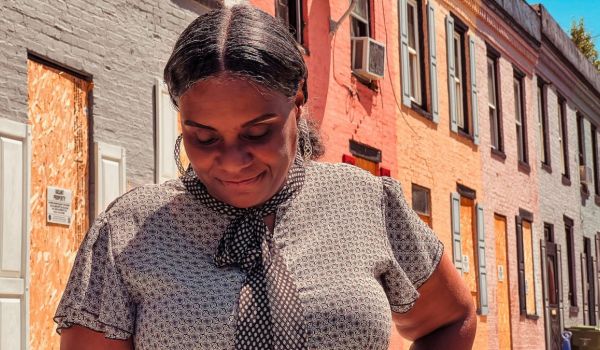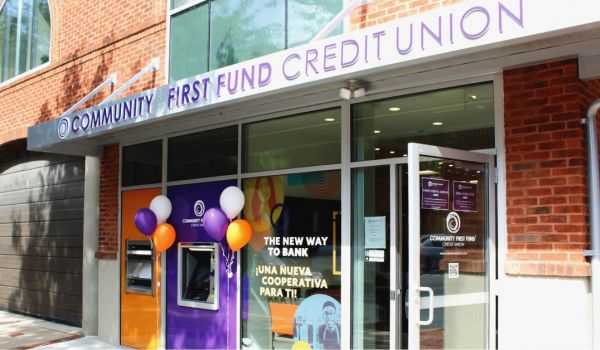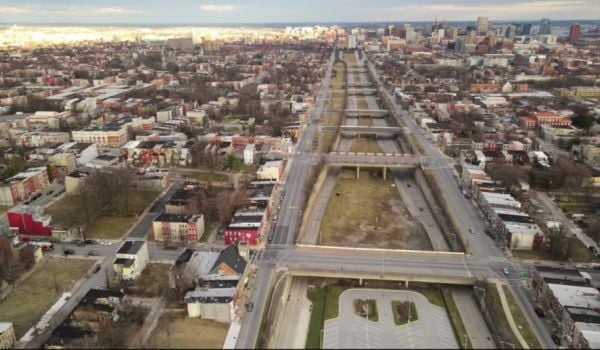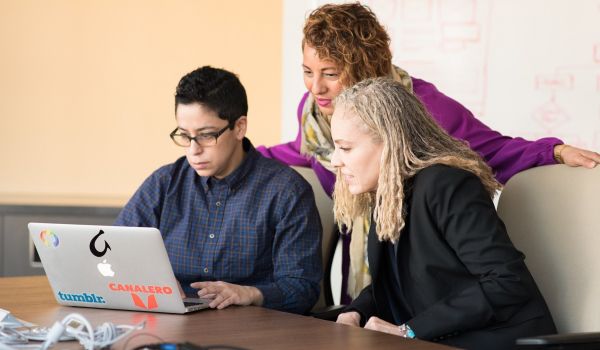Like a lot of American cities, contemporary Baltimore has two types of neighborhoods: Those few areas in and around downtown, where capital is relatively easy to access, and the more common outlying neighborhoods, often historically disinvested and constrained by legacy policies like redlining, where capital is scarce and lending for small businesses is relatively difficult. With a new initiative called the Neighborhood Impact Investment Fund (NIIF), Mayor Catherine Pugh’s administration is hoping to make progress toward balancing the scales.
Late last month, the city approved a $52 million loan to create the Neighborhood Impact Investment Fund, which has been tasked with spreading economic opportunity in some of the city’s poorest neighborhoods by investing in housing and community development projects, commercial development ventures and small business.
As a measure of the need, the neighborhoods eligible for loans from the new fund cover some 65 percent of the city, according to a press release from the Pugh administration. The fund is meant to complement the work of private investors, community development financial institutions (CDFIs), federal programs like Opportunity Zones, and other local efforts, like the Community Catalyst Grants Program and the $20 million affordable housing trust fund.
“There are a lot of Baltimore neighborhoods that have been underinvested or really disinvested for decades, and the mayor’s goal is to attract reinvestment or new investment to those neighborhoods,” says Colin Tarbert, deputy chief of strategic alliances for Mayor Pugh. “To date, we haven’t had specific initiatives or programs to bring capital investment to those neighborhoods, or private investment, and this fund will be a major component in doing that.”
The 30-year, zero-interest loan is being financed by leasing three city-owned parking garages, an intention that Pugh announced last May. As a public-private nonprofit, the Neighborhood Impact Investment Fund will administer the borrowed funds independently, with a staff of one reporting annually to a 12-member board of directors, which includes three city representatives, of whom Tarbert is one. Its primary goal will be to provide gap financing for projects that otherwise might not come to fruition in struggling neighborhoods, says Mark Kaufman, a former Department of Treasury official in the Obama administration who was appointed President and CEO of the fund.
“One of the things I really would like to see is the capacity and impact of the CDFIs in the city increased, so we are aggressively going to work as a complement to those intermediaries, not as a competitor,” Kaufman says.
The loan agreement identifies the neighborhoods that are eligible for the fund’s investments, but Kaufman and Tarbert say the city is working to identify a narrower set of priority investment areas, including neighborhoods where the city is already making place-based investments through other efforts. The effort is also intended to help work against disparities in private lending and small-business investment.
According to James “Mac” McComas, the program coordinator at Johns Hopkins University 21st Century Cities Initiative, the neighborhood-by-neighborhood disparity is stark: In the last five years, private banks have invested $780 million in the fund’s eligible neighborhoods, which cover two thirds of the city, while investing more than $860 million in the remaining third.
In 2017, the 21st Century Cities Initiative released a report monitoring changes in public and private lending practices in the city over the previous decade, which Next City covered previously. That report showed a marked drop off in investment from local lending sources inside Baltimore. Last year, the researchers released two follow-up reports, focused on improving bank lending and venture capital available for small businesses in Baltimore.
Previous efforts in Baltimore and at the state and federal level have zeroed in on specific investment strategies for housing or commercial development, McComas says, but the Neighborhood Impact Investment Fund is unique to the city in its flexibility, with the potential to make targeted investments for a range of financing and operational needs for businesses.
“I think if you do all of these things at the same time in these communities, you have a much greater chance of success,” McComas says. “And from what I know of the NIIF, I think that’s what they’re doing.”
Kaufman will be required to report on the progress of the fund annually to the board of directors. He said he hopes to start making investments by the end of the first quarter of 2019, and expects total investments this year could be between $10 million and $15 million. Per the loan agreement, the NIIF is also required to adopt “a Diversity, Equity and Inclusion Policy to support the growth of local, minority and women-owned businesses and to promote the hiring of Baltimore City residents.”
Forsyth Street Advisors, a firm that helps manage similarly structured funds in New York and San Francisco, will act as fund manager for NIIF, supporting Kaufman in administering the investments.
Michael Freedman-Schnapp, a vice president at Forsyth Street Advisors, says that the size of Baltimore’s public investment in the fund is unique. (New York’s housing-focused Acquisition Fund, for comparison, was started in 2006 with an $8 million city investment.) Finding financing in historically disinvested neighborhoods is tricky for a number of reasons, Freedman-Schnapp says, not the least of which is that appraisals will often suggest that projects in those areas will be worth less than the cost of paying to bring them to completion. Figuring out how to fund projects like that “requires some finesse,” he says.
“And it requires most of all flexible, patient capital, and that’s what the city has put in this fund,” Freedman-Schnapp says.

Jared Brey is Next City's housing correspondent, based in Philadelphia. He is a former staff writer at Philadelphia magazine and PlanPhilly, and his work has appeared in Columbia Journalism Review, Landscape Architecture Magazine, U.S. News & World Report, Philadelphia Weekly, and other publications.
Follow Jared .(JavaScript must be enabled to view this email address)

